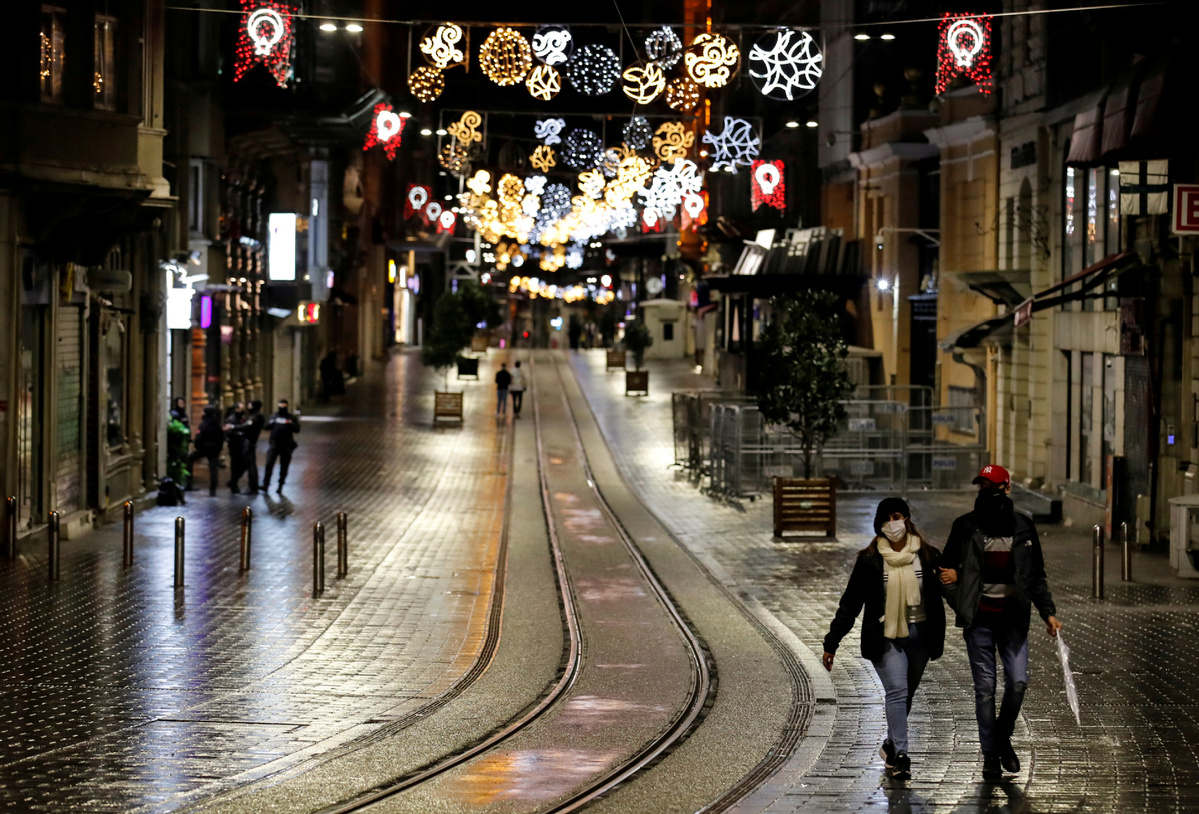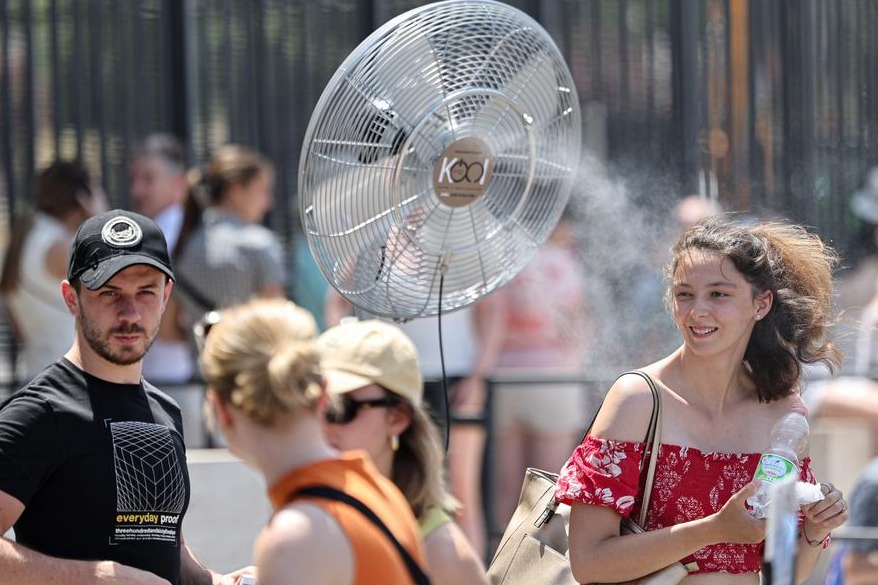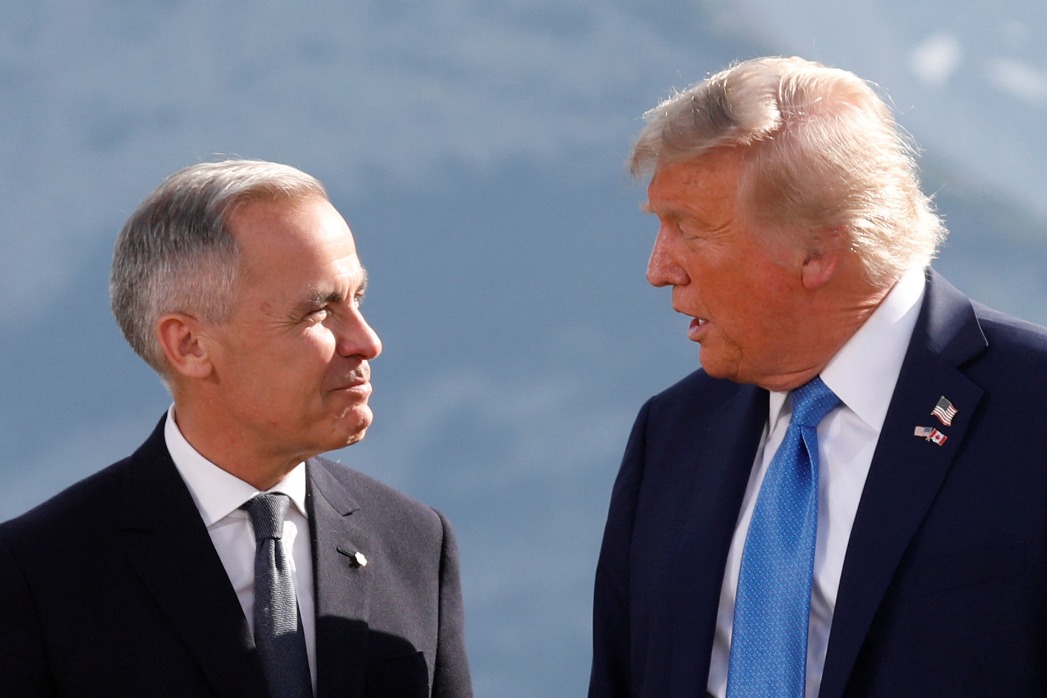Figures reveal extent of tourism industry slump


The global tourism industry has suffered its worst year on record this year, with international arrivals dropping by 72 percent over the first 10 months and falling back to 1990 levels, largely because of restrictions on movement, low consumer confidence and the global struggle to contain the COVID-19 virus.
According to the latest data from the World Tourism Organization (UNWTO), destinations welcomed 900 million fewer international tourists between January and October, compared to the same period of 2019. This translates into a loss of $935 billion in export revenues from international tourism, more than 10 times the loss in 2009, in the aftermath of the global economic crisis.
Zurab Pololikashvili, UNWTO Secretary-General said: "Even as the news of a vaccine boosts traveler confidence, there is still a long road to recovery. We thus need to step up our efforts to safely open borders while supporting tourism jobs and businesses. It is ever clearer that tourism is one of the most affected sectors by this unprecedented crisis."
UNWTO estimates that based on current evidence, international arrivals will decline by 70 percent to 75 percent for the whole of 2020, meaning global tourism will have returned to the levels of 30 years ago, with 1 billion fewer arrivals, and a loss of some $1.1 trillion in international tourism receipts. This massive drop could result in an economic loss of $2 trillion in world GDP.
Asia and the Pacific, the first region to suffer the impact of the pandemic and the one with the highest level of travel restrictions to date, saw an 82 percent decrease in arrivals in the first 10 months of 2020. The Middle East recorded a 73 percent decline, while Africa saw a 69 percent drop. International arrivals in both Europe and the Americas declined by 68 percent.
In September and October, Europe recorded smaller decreases of 72 percent and 76 percent respectively compared to other world regions, following the slight but short-lived recovery in the peak summer months of July and August.
The resurgence of the virus across the region has led to the reintroduction of some forms of travel restrictions. However, Europe is the region in which more destinations (91 percent as of 1 November 2020) have eased such restrictions, mainly among Schengen member states.
At the other end of the spectrum, Asia and the Pacific continued to record declines of nearly 100 percent in September and October, reflecting the ongoing closure of borders in China and other major destinations in the region.
The Americas have seen a gradual improvement since June, with comparatively lower decreases in international arrivals through October. This reflects the reopening of many destinations in the region, including small island developing states in the Caribbean.
Pololikashvili said: "A coordinated approach to easing and lifting restrictions on travel whenever it is safe to do so is essential. This will not only open destinations up to tourism again, but clear and consistent rules between countries will go a long way towards building back trust in international travel and boosting consumer confidence."
Data on international tourism expenditure continues to reflect very weak demand for outbound travel, according to the UNWTO.However, some large markets, such as the United States, Germany and France have shown some signs of recovery in the recent months. Demand for domestic tourism continues to grow in some markets, including both China and Russia.
The announcement of vaccines and the start of vaccination are expected to gradually increase consumer confidence. While a rebound in international tourism is expected by the second half of 2021, the UNWTO expects a return to 2019 levels in terms of international arrivals could take between two-and-a-half and four years.

































